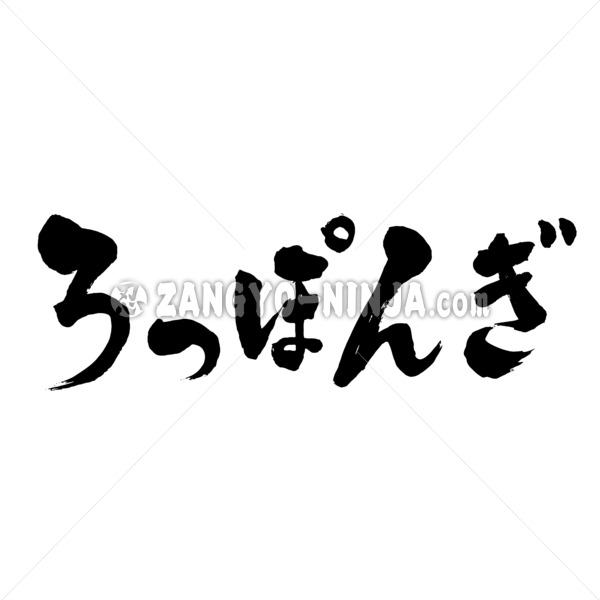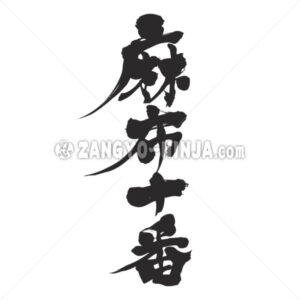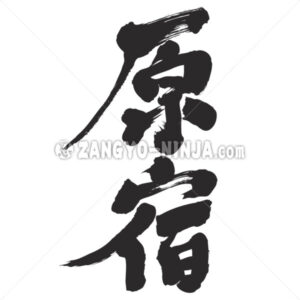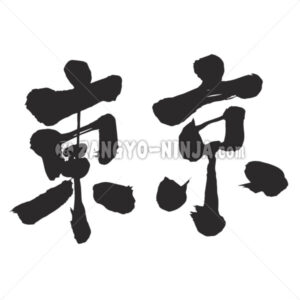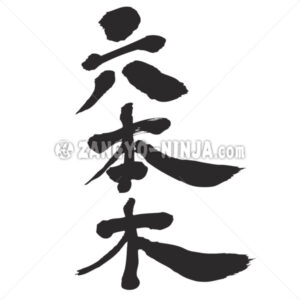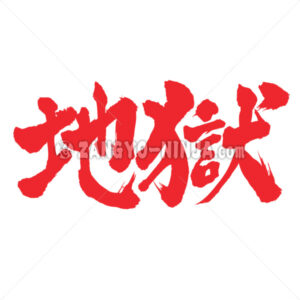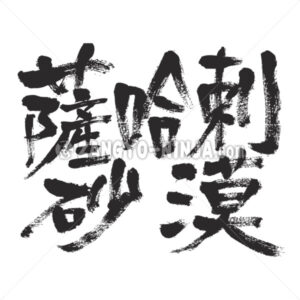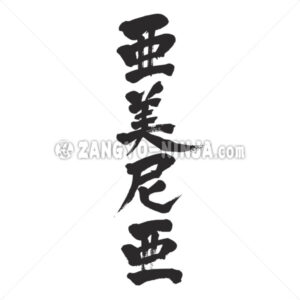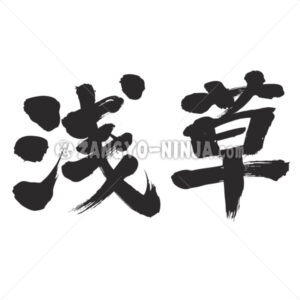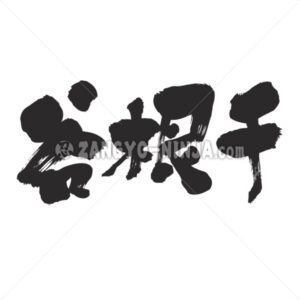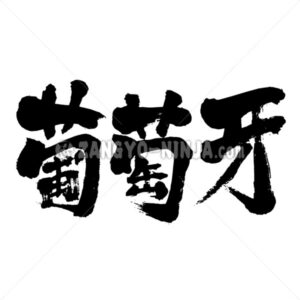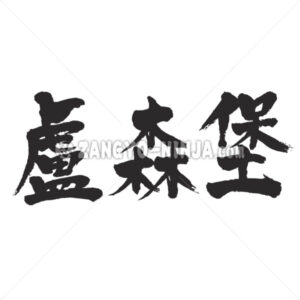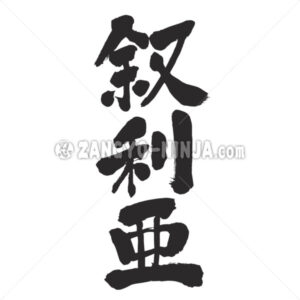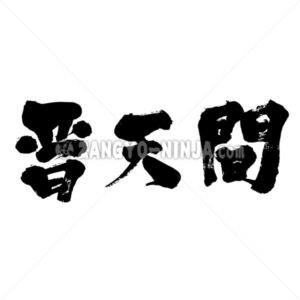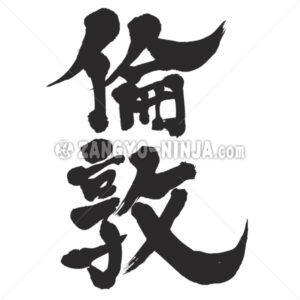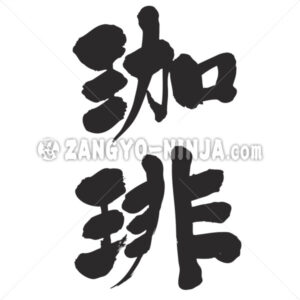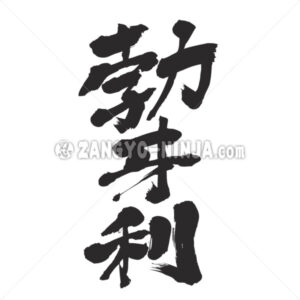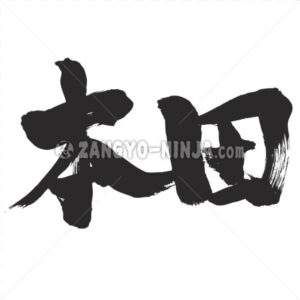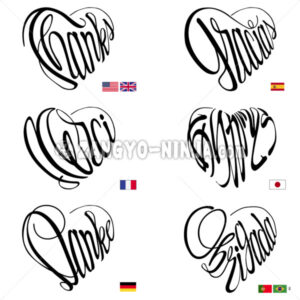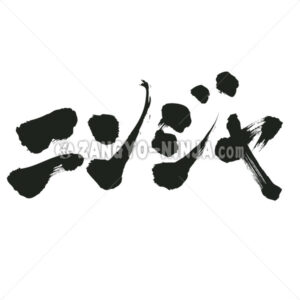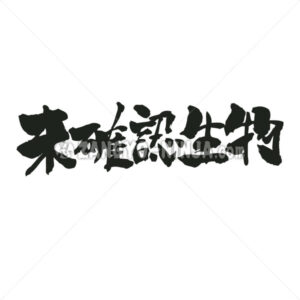Description for “Roppongi in Hiragana”
A district in the northern part of Minato-ku, Tokyo. In the Edo period, there were six daimyo (Uesugi, Kutsuki, Takagi, Aoki, Kabane, Ichiyanagi) Nakayashiki, and it is said that the place names are derived from the fact that the surnames of the six daimyo are all related to trees. It is also said that there were six giant pine trees.
Located on the Yamanote plateau, the site of the former Army Regiment in Akasaka and Azabu, which is nearby, became a base for the U.S. military after World War II, and was intended for foreigners. Luxury clothing stores and nightclubs have developed as a place of entertainment. In addition, there are many embassies and Westerners’ houses in the surrounding area and Azabu in the south, and it is still crowded with shops and restaurants in the international mood until midnight.
In addition to the area where Ark Hills, where skyscrapers gather, straddles Akasaka, there are the Haiyuza Theater and Toyo Eiwa Jogakuin. A redevelopment project was underway at Roppongi 6-chome, and in 2003 (Heisei 15), Roppongi Hills, which is lined with buildings containing offices, houses, and stores, was completed. The Tokyo Subway Hibiya Line / Namboku Line, the Toei Subway Oedo Line, and the Metropolitan Expressway Inner Circular Route / No. 3 Shibuya Line pass through.
latest Roppongi
The name of a town in central Minato-ku, Tokyo. In a narrow sense, it refers to the area around the intersection of Aoyama-dori and Gaien Ura-dori. The area used to be a high-class residential area with foreign diplomatic missions, but after the war, restaurants, nightclubs, and various specialty stores were concentrated and became a downtown area. There is an actor seat. Urban redevelopment has progressed from Roppongi to Nishi-Azabu, and in April 2003, Roppongi Hills (54-story forest tower, etc.), one of the largest commercial complexes in the private sector, was completed.
In January 2007, the National Art Center, Tokyo opened on the site of the Institute of Industrial Science, University of Tokyo.
In March of the same year, the commercial complex Tokyo Midtown was completed on the site of the nearby Roppongi Defense Agency. Roppongi has been reborn as a city of art, including the Suntory Museum of Art in Tokyo Midtown, 21_21 DESIGN SIGHT, and the Mori Museum of Art in Roppongi Hills.


